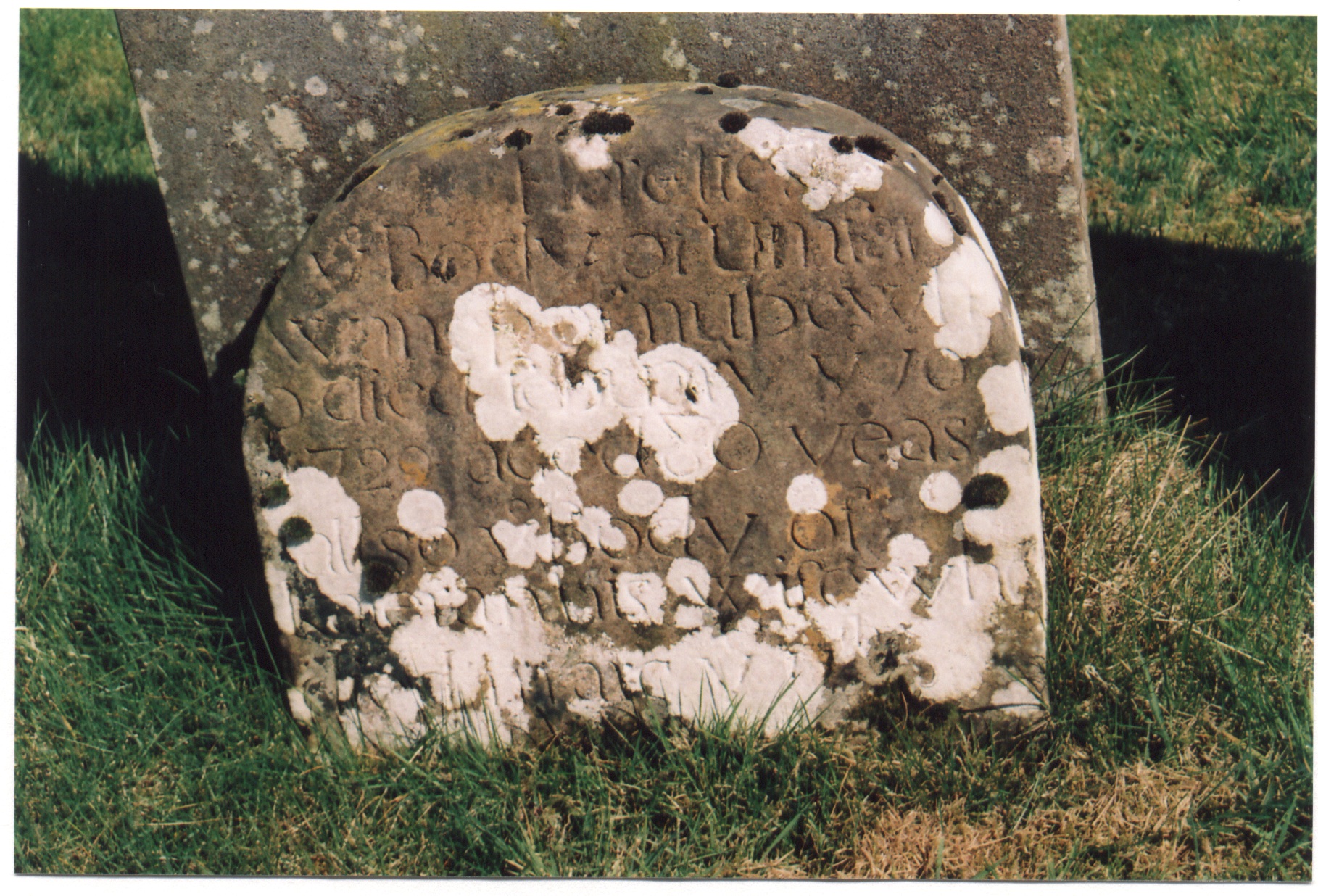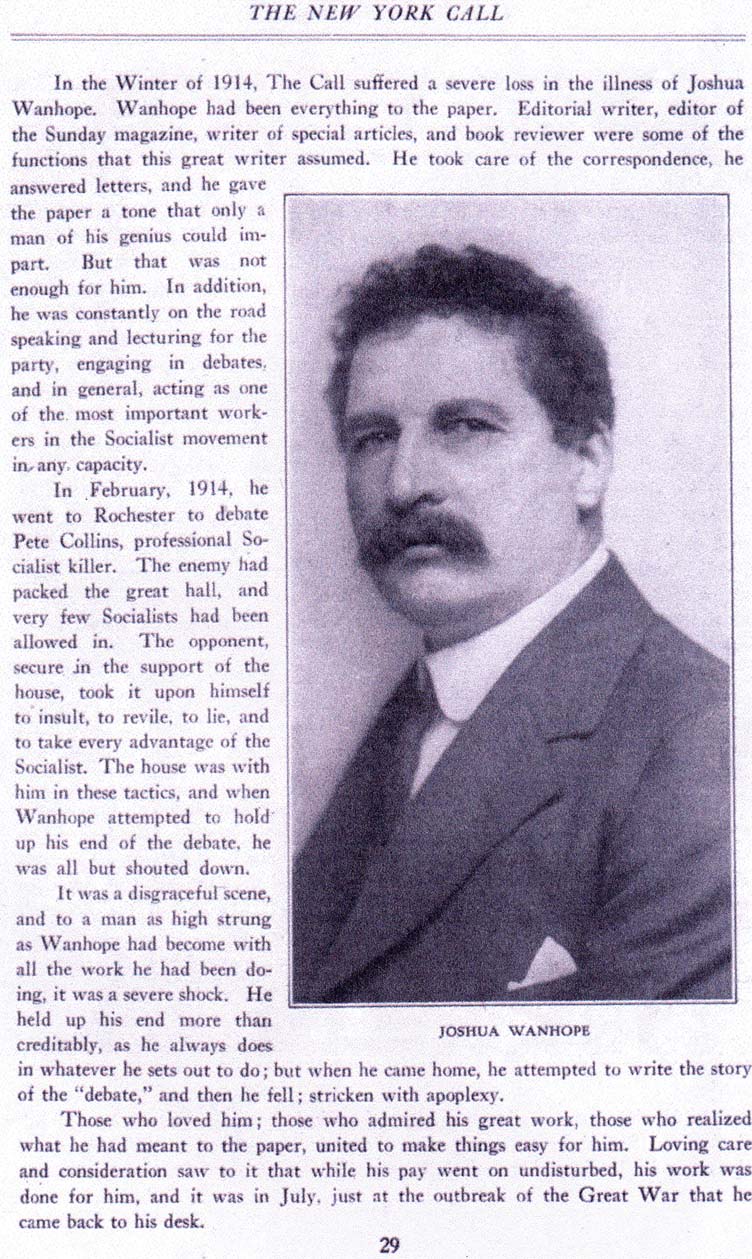Although the most credible medieval origins of the family and of the name seem to lie in the locality of Wainhope in Northumberland, other possibilities must be considered.
The Anglo-Saxon Chronicle tells that when William Rufus (ca.1056-1100) returned to London after driving the Northumbrian influence out of Cumberland, he sent many country folk to Carlisle to settle and cultivate, with wives and cattle. At the same time, a number of Flemish settlers were established on the waste lands of Cumberland. Might the Wannops have moved in to Northumberland at this time, or were they amongst the Anglians moving in during the 6th. Century ? The name is consistent with an Anglo-Saxon origin, but did it come with the Wannops or did they take it from the Borders topography on which they settled ?
The possibility of Wannops having arrived from mainland Europe may be suggested by evidence of names such as of the General Vanhope who led Netherland troops in support of Wellington at Waterloo in 1815. The names of Van Hop and Van Hope persist in the Netherlands into the 21st. Century. There is record of a Hendrick Wannop marrying a Maria Hogeboom in Utrecht in 1703, but whether he originated in mainland Europe or was an immigrant from Britain is unknown. It may be that the source of the name on mainland Europe was not the same as in England.
When in New York in March 1943, Arthur Robson Wannop was contacted by and was invited to dinner with a man called Van Hoppes, who may have made contact in the possibility that there was a family connection in history. A Virginia Van Upp was a notable producer for Columbia Pictures including GILDA (Rita Hayworth and Glenn Ford). She was born in Chicago in 1902, but her father was the son of a family called Upp who farmed in Iowa at the 1850 US Census. Several immigrants to the US of the unadorned name of Upp are listed in the 19th. Century, originating either in Prussia or sailing from Bremen. It may be that Virginia’s parents added Van to enhance their inherited name of Upp.
‘Wanhope’ is an Anglo-Saxon word meaning without hope, or despair. It was apparently pronounced Waenhop, consistent with the spelling of Waynhop occurring in the case of the seller of animals at Durham in 1420 and with the local names of Wainhope and Wanhop. Poor land in Britain is often attached with names reflecting its marginal quality. It is conceivable that this is the origin of the name of the valley and park above Kielder.
An early definition of the name is Barber’s (1894) in British Family Names, which states that the origin of Wannop is ‘Wandhope; a local name, Cumb’. It must be very doubtful if this could be so. Wandhope is a low fell east of Crummock Water and adjoining Grasmoor, and is unlikely to have been settled and to have led to the family name.
Smith’s (1980) New Dictionary of American Family Names gives ‘WANNOP (Eng.) Dweller in, or by, a dark hollow’, and the English Place Name Society’s (1956) English Place Name Elements gives the derivation as ‘WANN Old English – dark, and HOP Old English – plot of enclosed land, especially in marshes.’ Similarly, Reaney and Wilson’s The Oxford Dictionary of English Surnames follows the definition of a ‘Dweller in a Dark Valley’ (Old English), but also raises the alternative of ‘Without Hope’ (Middle English).
The Robert Wanhope admitted to the Corpus Christi Guild in 1486, initiated as Abbot of St. Mary’s York on 20 December 1502 and dying circa 6 May 1507 is elsewhere named as Robert Worhope.Medieval spelling was erratic, and must have varied with the literacy and the imagination of whomsoever scribed the last testament of a dying person.
Later records from York show a variety of spellings of the name, even for clearly the same person:
-
1541 Johnes Wanot
1541 Johaune Wanhope
1546 John Wauhope
Ellyne Wannopp
1548 Roulandus Wanhep
1559 Rolland Wannope
1568 Robartus Waunope
1599 Hugo Wanop
1602 Hugh Waunopp
The spelling of Waynop and the conclusion of ‘pp’ survives in Cumberland records into the mid 1600’s, when the Household Books of Lord Howard of Naworth Castle show various payments to John Waynop, bailiff at Newby. By 1700, spellings were converging on the now customary Wannop.
The earliest family gravestone is of Humphrey, dying in 1729 and buried with his wife Catherine in St. Kentigern’s churchyard, Irthington. The stone’s inscription of ‘Umfrey Wanep and his wife Kateran’ suggests that the spelling may have been the mason’s interpretation rather than that of Humphrey, of his family or of general custom.

The name Wanhope survives in the United States, where Joshua Wanhope was active in the Socialist movement and in 1908 was gubernatorial candidate for election as Governor of New York.

